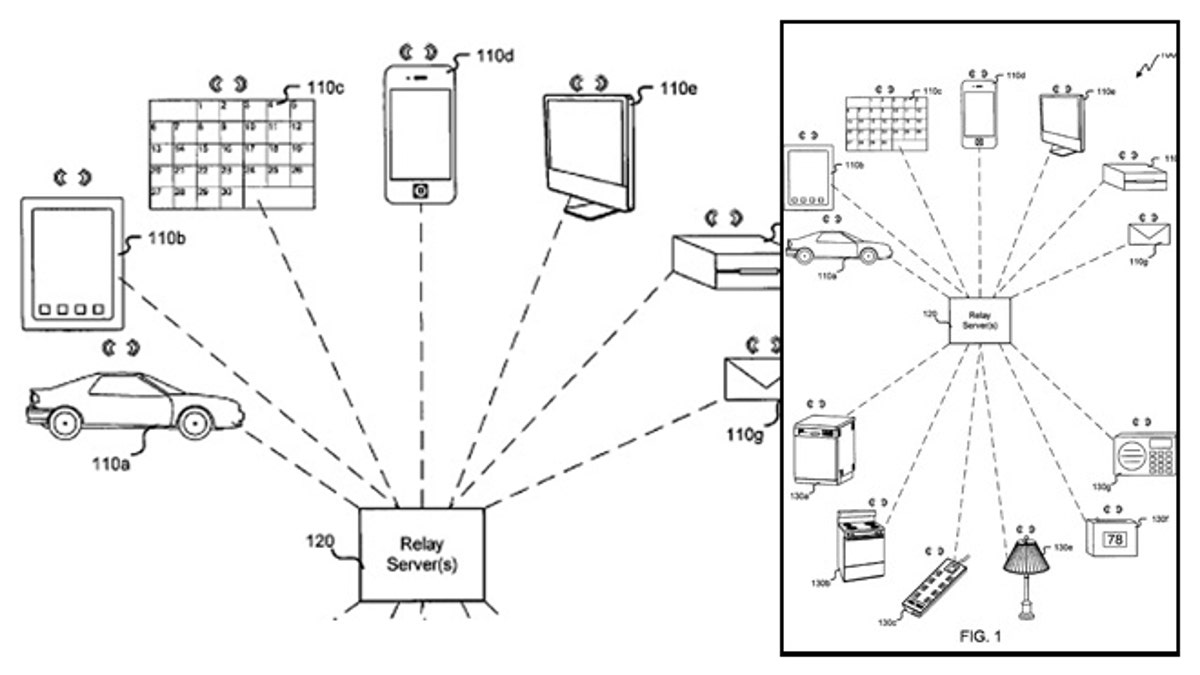
An Apple patent describes a technology that uses a device’s location to trigger certain events in your home. (Apple)
In most cases, your mobile device’s location services are used to provide weather information, transit directions or to let you check-in at your favorite bar or restaurant. But now, Apple is interested in predicting your next move before you even arrive at your destination.
In one of its latest patents, Apple describes a technology that uses a device’s location to trigger certain events in your home. Specifically, this means your iPhone or iPad could be used to turn on the lights in your living room, switch on the air conditioner in your bedroom or open the garage door while you’re commuting.
These mobile gadgets, referred to as “first devices,” would use location data to communicate to your home through a number of outlets. Location data can be obtained through your iPhone’s GPS or via a recent computer login, according to the patent. In some embodiments, these first devices would feed location information to relay servers when a predetermined condition is met. For example, you would be able to set your phone to transmit GPS data every 10 minutes or when it links to a new cellular tower.
MORE: 15 Amazing Apple Patents That Tell Your iFuture
In another instance, your location would be determined by certain actions, such as swiping a credit card or logging into a social networking site such as Facebook or Twitter. Your position could also be calculated through defined wireless networks.
Say, for instance, you frequently connect your iPhone or iPad to your job’s Wi-Fi that you’ve labeled as a work network in your phone. Once you’re out of range and entering your home wireless network’s zone, your device would theoretically send information to relay servers. After processing location information obtained through any of the above methods, these relay servers would trigger the “second devices” in your home.
For the technology to work properly, these second devices would need to be attached to the relay system via USB or some other means. Not only does this help your device communicate information to the relay servers, but it allows them to be monitored so you can tell if they’re already on or off.
Apple's recent patent aligns with recent rumors surrounding Apple's long-fabled smartwatch. Cantor Fitzgerald’s Brian White recently said that Apple’s rumored iWatch would focus on changing the way we interact with our homes.
“As an Apple supplier, our contact offered insight into the ‘iWatch’ and described the potential new device as much more than an extension of your smartphone but as a mutli-purpose gateway in allowing consumers to control their home,” said White, who often makes Apple product predictions but has a mixed track record.
Copyright 2013 LAPTOP, a TechMediaNetwork company. All rights reserved. This material may not be published, broadcast, rewritten or redistributed.




















